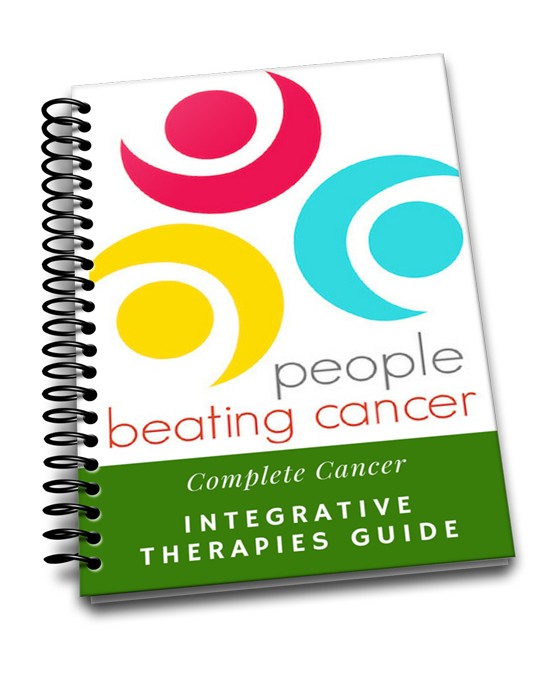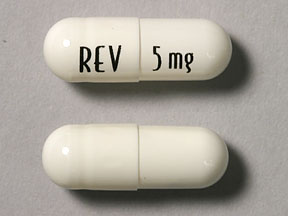- You are here:
- Home »
- Blog »
- Healthy Living Products »
- Myelodysplastic Syndrome (MDS)
Myelodysplastic Syndrome (MDS)

Prognosis in MDS is dependent on the particular MDS subtype. Whereas RAEB2 patients have a median overall survival of 9 months, 5q- MDS patients have a median overall survival of nearly 12 years.
Dear Cancer Coach- I am now 65 and have been diagnosed with Myelodysplastic Syndrome (MDS) in May of this year. My doctor put me on Revlimid but it is not without side effects so I am now looking for something natural. I must admit after 2.5 months the Revlimid is helping to raise my blood level counts, but the side effects for me are really not pleasant at all plus I am Power of Attorney for my mother with Alzheimer’s Disease.
The combination or side-effects and stress is getting to be very unacceptable. The oncologist I saw admitted that Revlimid was only a patch not a cure, and began talking Allogeneic Stem Cell transplant right away, which only is successful 50% of the time plus takes a year to recuperate from.
I am now 65 and do not want to give up a year of my life being a helpless invalid. I am searching for something natural that will dismiss the unpleasant side effects. I hope you are doing well with what ever treatment you are on, but just wanted to give you my take on the whole experience I have been through. Caregiver Kathy
Hi CK-
- Cancer Survivor
- Cancer Coach
- Director PeopleBeatingCancer
Myelodysplastic Syndrome (MDS)
Cancer-linked targets modulated by curcumin
Vitamin D treatment in myelodysplastic syndromes.
Vitamin B12-Responsive Pancytopenia Mimicking Myelodysplastic Syndrome
The Most BioAvailable Curcumin Formulas
“Based on a review of these studies, it is evident that better bioavailability of formulated curcumin (CU) products is mostly attributed to improved solubility, stability, and possibly low first-pass metabolism”
A search of the Pubmed database for the word curcumin yields 601 studies spaning health topics from multiple myeloma and colorectal cancer, to chemotherapies that synergizes with CU, to Alzheimer’s Disease, arthritis and more. Based on years of reading studies and personal accounts, I think it is safe to say that CU supplementation is safe and relatively inexpensive.
I have read about myeloma patients taking daily doses of CU from 400 milligrams to 8 grams (1000 milligrams = 1 gram). By almost any measure, CU is a safe, inexpensive wonder drug.
The only challenge is that CU is famously difficult to absorb in the body. In other words, a person has to mix curcumin with some sort of fat (coconut oil, chocolate, etc.) or take a brand of curcumin capsule that is already formulated to be more “bioavailable” in order to derive the full benefit of CU.
The study linked and exerpted below reviews different formulations of CU. The study itself lists the three most bioavailable formulation/brand of CU and I’ve added an excerpt from a further review from Consumerlab.com that lists four additional bioavailable brands of CU.
Recommended Reading:
- CU versus Turmeric as Cancer Therapy-What’s the Difference?
- CU Suppresses Colon Cancer, Enhances Chemotherapy
- Prostate Cancer: CU Curbs Prostate Cancer Metastases, Study Shows
- CU vs. cancer: The scientific evidence continues to pile up
Curcumin
“CU is a bright yellow chemical produced by some plants. It is the principal curcuminoid of turmeric (Curcuma longa), a member of the ginger family, Zingiberaceae. It is sold as an herbal supplement, cosmetics ingredient, food flavoring, and food coloring.[1]“
Bioavailable curcumin formulations: A review of pharmacokinetic studies in healthy volunteers.
“Curcumin is a widely studied natural compound which has shown tremendous in vitro therapeutic potential. Despite that, the clinical efficacy of the native CU is weak due to its low bioavailability and high metabolism in the gastrointestinal tract. During the last decade, researchers have come up with different formulations with a focus on improving the bioavailability of curcumin. As a result, a significant number of bioavailable curcumin-based formulations were introduced with the varying range of enhanced bioavailability.
The purpose of this review is to collate the published clinical studies of CU products with improved bioavailability over conventional (unformulated) CU. Based on the literature search, 11 curcumin formulations with available human bioavailability and pharmacokinetics data were included in this review. Further, the data on clinical study design, analytical method, pharmacokinetic parameters and other relevant details of each formulation were extracted.
Based on a review of these studies, it is evident that better bioavailability of formulated curcumin products is mostly attributed to improved solubility, stability, and possibly low first-pass metabolism. The review hopes to provide a quick reference guide for anyone looking information on these bioavailable curcumin formulations.
Based on the published reports,
exhibited over 100-fold higher bioavailability relative to reference unformulated CU. Suggested mechanisms accounting for improved bioavailability of the formulations and details on the bioanalysis methods are also discussed.”
According to Consumerlab.com:
“Novasol has the highest bioavailability (185 x compared to unforumulated CU), followed by Curcuwin (136 x), Longvida (100 x), Meriva (48 x), BCM-95 (27 x), Curcumin C3 Complex + Bioperene (20 x), and then Theracumin (16 x).”



